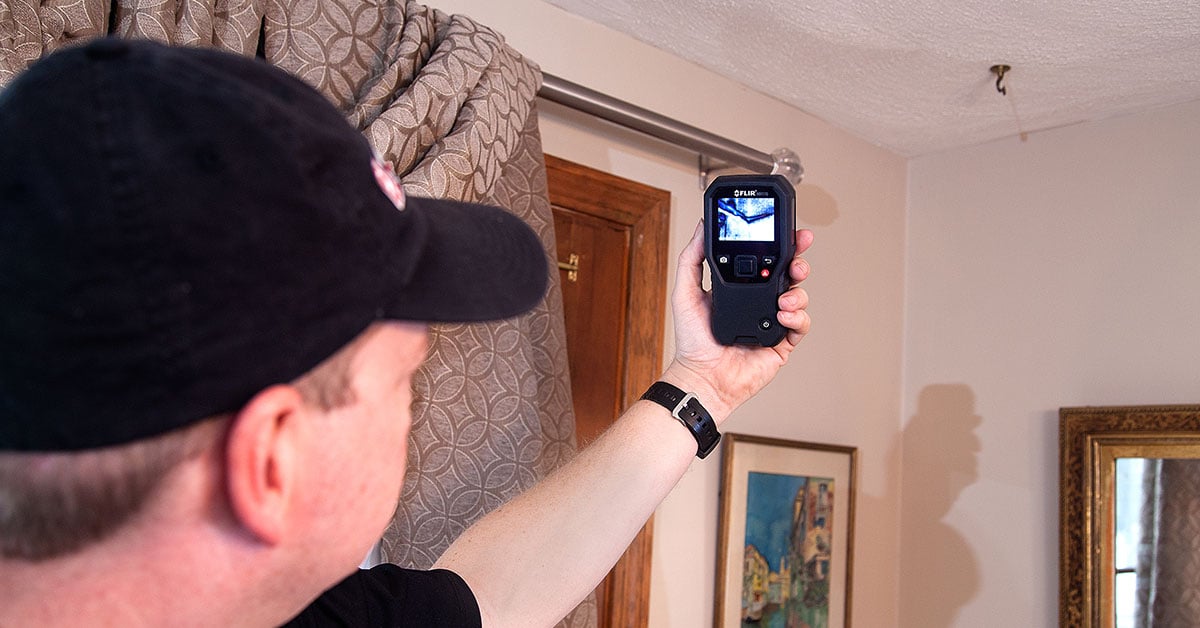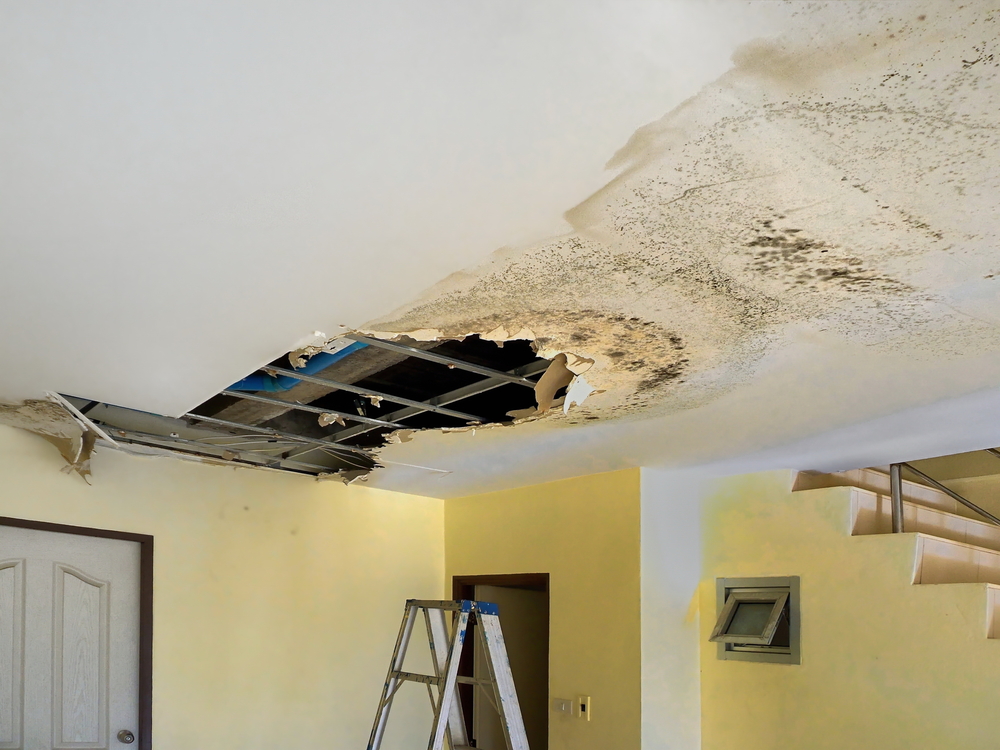Spot Hidden Water Line Leaks: Six Smart Tricks
Spot Hidden Water Line Leaks: Six Smart Tricks
Blog Article
We have found the article on Detecting hidden plumbing leaks listed below on the net and thought it made perfect sense to share it with you here.

Early detection of leaking water lines can reduce a potential catastrophe. In addition to saving you money, it will certainly reduce the irritation and also frustration. The minute you discover a leak, calling your plumber for repair work is the most effective remedy. Nonetheless, some little water leaks may not show up. If you can not identify it with your naked eyes, below are some hacks that assist.
1. Check Out the Water Meter
Every house has a water meter. Checking it is a guaranteed way that helps you discover leakages. For beginners, turn off all the water resources. Make sure nobody will flush, use the tap, shower, run the cleaning machine or dishwasher. From there, most likely to the meter as well as watch if it will certainly change. Because no person is using it, there must be no activities. That shows a fast-moving leak if it moves. Similarly, if you identify no changes, wait an hour or more as well as inspect back once again. This means you may have a slow-moving leak that might also be underground.
2. Examine Water Usage
Examine your water costs and track your water consumption. As the one paying it, you ought to see if there are any kind of discrepancies. If you spot sudden changes, despite your consumption coinciding, it suggests that you have leakages in your plumbing system. Bear in mind, your water expense ought to fall under the very same array on a monthly basis. An unexpected spike in your expense indicates a fast-moving leakage.
A constant boost every month, even with the same behaviors, reveals you have a slow leak that's also slowly escalating. Call a plumber to completely inspect your home, especially if you feel a warm location on your flooring with piping beneath.
3. Do a Food Coloring Test
When it pertains to water usage, 30% comes from toilets. Test to see if they are running correctly. Drop specks of food color in the storage tank and wait 10 mins. If the color somehow infiltrates your bowl during that time without flushing, there's a leakage between the storage tank as well as dish.
4. Asses Exterior Lines
Don't neglect to check your outside water lines also. Test spigots by connecting a yard hose. Ought to water permeate out of the link, you have a loosened rubber gasket. Replace this as well as make certain all connections are limited. It will assist get it skillfully examined as well as preserved every year if you've got a sprinkler system. One little leakage can lose tons of water and increase your water expense.
5. Assess the circumstance and examine
House owners must make it a behavior to examine under the sink counters and also also inside closets for any kind of bad odor or mold and mildew development. These two red flags indicate a leak so punctual focus is called for. Doing routine examinations, even bi-annually, can conserve you from a significant problem.
Examine for discolorations and deteriorating as the majority of home appliances and pipes have a life span. If you presume dripping water lines in your plumbing system, don't wait for it to escalate.
Early discovery of dripping water lines can mitigate a potential disaster. Some tiny water leaks may not be visible. Examining it is a proven way that assists you uncover leakages. One little leak can squander bunches of water and also surge your water bill.
If you suspect leaking water lines in your plumbing system, do not wait for it to rise.
WARNING SIGNS OF WATER LEAKAGE BEHIND THE WALL
PERSISTENT MUSTY ODORS
As water slowly drips from a leaky pipe inside the wall, flooring and sheetrock stay damp and develop an odor similar to wet cardboard. It generates a musty smell that can help you find hidden leaks.
MOLD IN UNUSUAL AREAS
Mold usually grows in wet areas like kitchens, baths and laundry rooms. If you spot the stuff on walls or baseboards in other rooms of the house, it’s a good indicator of undetected water leaks.
STAINS THAT GROW
When mold thrives around a leaky pipe, it sometimes takes hold on the inside surface of the affected wall. A growing stain on otherwise clean sheetrock is often your sign of a hidden plumbing problem.
PEELING OR BUBBLING WALLPAPER / PAINT
This clue is easy to miss in rooms that don’t get much use. When you see wallpaper separating along seams or paint bubbling or flaking off the wall, blame sheetrock that stays wet because of an undetected leak.
BUCKLED CEILINGS AND STAINED FLOORS
If ceilings or floors in bathrooms, kitchens or laundry areas develop structural problems, don’t rule out constant damp inside the walls. Wet sheetrock can affect adjacent framing, flooring and ceilings.
https://www.servicemasterbyzaba.com/blog/how-to-detect-water-leakage-in-walls/

As a keen person who reads on Hacks to detect leaks, I assumed sharing that article post was important. So long as you appreciated our page please don't forget to pass it around. I praise you for your time. Please stop by our website back soon.
Dial, stress less! Report this page